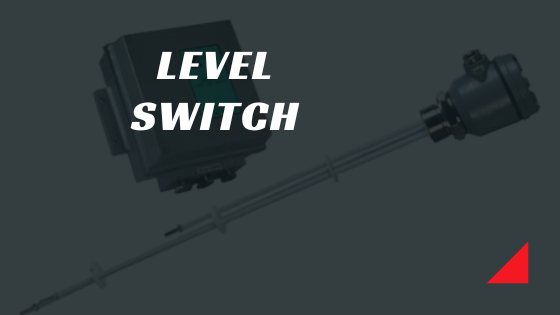A float level switch is a type of valve that is used to regulate the flow of water and other liquids. The primary purpose of this type of device is to maintain a constant level in the fluid, while preventing overfilling.
Float level switches are typically installed in tanks or containers that contain liquids and other fluids. They are often found in water tanks, swimming pools and even cisterns. If you are searching for a level switch in Norway, LKI.no is one of the best providers in Norway.
Float level switches consist of a float arm that moves up and down freely within a chamber filled with fluid. The float arm has two electrical contacts at its end which are connected to an electrical circuit when they come into contact with each other.

When the fluid level rises, the float arm moves upwards and opens the electrical circuit, closing it again when it reaches its lowest point (the maximum allowable fill level). If too much liquid flows into the tank, then the float will rise too high and open the circuit before it reaches its maximum fill point, allowing the excess liquid to drain out again before stopping further flow into the tank.
Float level switches can be used for a variety of applications including:
- Water level control
- Tank level control
- Level control for irrigation systems
- Domestic hot water temperature control
- Oil and gas service tank level control
Float level switches are designed to sense a specific fluid level. They are commonly used in gas, oil, water and wastewater applications. Float level switches can be mounted on a wall or in an enclosure, depending on the application. The sensing element is normally a ball or float that rides up and down in a tube as the fluid level changes. As the fluid rises or falls the float moves accordingly, which activates an electrical switch inside the unit to start or stop an alarm or pump.